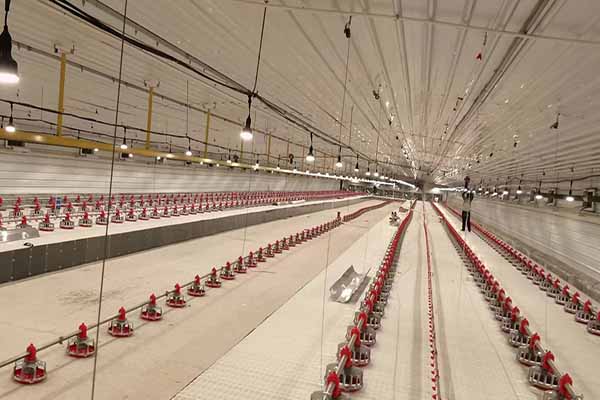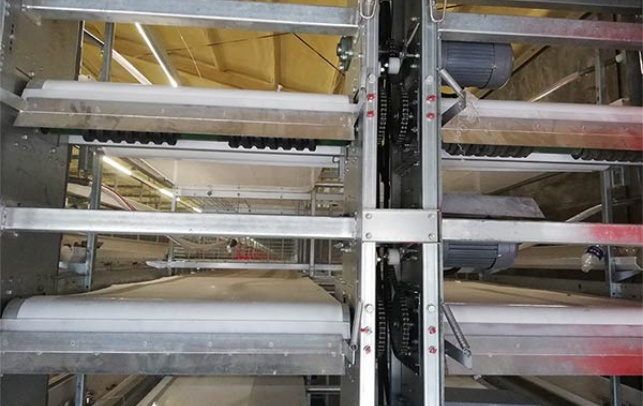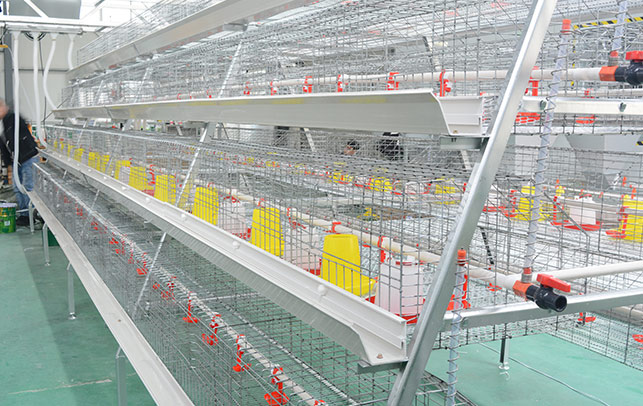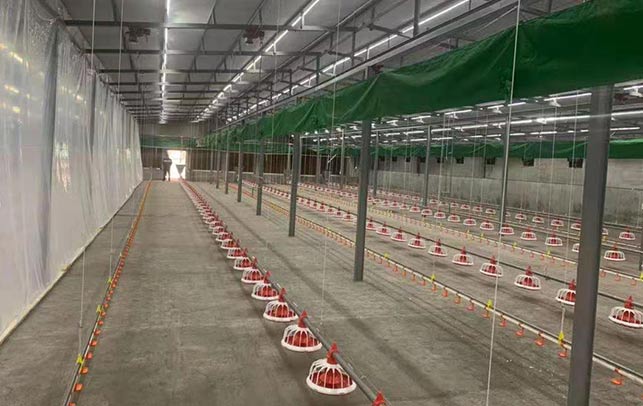How to Set the Lighting Time in Uganda Chicken Farms: Expert Tips from Livi Mechanical Equipment
Time : 2025-07-25
In Uganda, chicken farming is not just a way of life; it’s an industry that has grown leaps and bounds in recent years. Proper lighting in chicken farms plays a critical role in the overall health, growth, and productivity of the birds. As a leading poultry equipment manufacturer from China, Livi Mechanical Equipment understands the importance of effective lighting management in poultry farming. In this article, we’ll discuss how to set the lighting time in Uganda chicken farms and how it impacts your operation.
Why is Lighting Important in Chicken Farms?
Lighting in chicken farms serves multiple purposes, such as:
1. Affects Egg Production: Light plays a vital role in the regulation of egg production in chickens. A consistent lighting schedule ensures a regular supply of eggs throughout the year.
2. Regulates Growth: Adequate lighting promotes proper growth and development in chicks, ensuring that they reach market weight in a timely manner.
3. Mental Health: Good lighting conditions reduce stress and aggression among chickens, improving overall animal welfare.
4. Productivity: By ensuring the optimal growth and development of the flock, proper lighting increases the productivity of the farm.
How to Set the Lighting Time in Uganda Chicken Farms
Setting the right lighting schedule for your chickens can be a daunting task. However, with some basic knowledge and expert tips from Livi Mechanical Equipment, you’ll be well on your way to maximizing the benefits of lighting in your farm.
Step 1: Understand the Photoperiod
Photoperiod is the duration of light and darkness chickens receive in a 24-hour cycle. Chickens are photoresponsive, which means their biological rhythms are regulated by the light-dark cycle.
Step 2: Determine the Breed
Different chicken breeds have different light requirements. For instance, egg-laying breeds require longer daylight hours to increase egg production. In Uganda, you might consider breeds like the ISA Brown or Hy-Line Brown.
Step 3: Initial Lighting Schedule for Chickens
Newly hatched chicks should be exposed to light for about 22 hours per day in the first four weeks. This photoperiod is essential for proper growth and development.
Step 4: Gradual Transition to the Normal Cycle
After the first four weeks, you can start to gradually reduce the lighting to the normal 16 hours per day. This transition period can last up to a month.
Step 5: Maintaining the Schedule
Maintain the lighting schedule by turning the lights on at dawn and off at dusk. This helps your chickens develop a consistent sleep-wake cycle.
Choosing the Right Lighting Equipment
When setting up lighting in your chicken farm, it’s essential to use the right equipment. Here are a few things to consider:
1. Quality Lights: Choose high-quality lighting equipment that can provide a consistent and bright light without generating too much heat.
2. Automatic Lighting Timers: Investing in an automatic lighting timer will help you maintain the perfect photoperiod with minimal effort.
3. Ventilation: Ensure your chicken house is well-ventilated to prevent heat buildup and keep your birds comfortable.
Conclusion
Setting the lighting time in Uganda chicken farms is an essential aspect of successful poultry farming. By understanding the importance of lighting, choosing the right equipment, and following a consistent lighting schedule, you can enhance the productivity and welfare of your flock.
As a leading poultry equipment manufacturer from China, Livi Mechanical Equipment is committed to providing innovative and reliable solutions to meet your poultry farming needs. For more information on our lighting solutions or other poultry equipment, contact us today!
—












